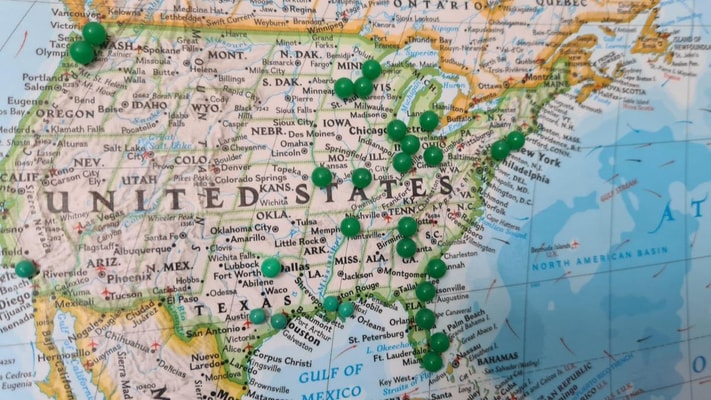U.S. Inflation Outlook: A Meaningful Shift in the Second Half of 2023

14 JUL, 2023
By PIMCO

By Tiffany Wilding and Allison Boxer, economists at PIMCO.
June Consumer Price Index (CPI) inflation data confirms our view that the U.S. economy may look very different in the second half of 2023. After core inflation decelerated very little through the first five months of the year, we are seeing disinflation in the CPI report and other leading indicators consistent with a much slower pace of core inflation in the rest of the year.
Despite notable downside surprises in the June data for U.S. CPI inflation as well as a more moderate employment report, we still believe the Federal Reserve is likely to raise the policy rate 25 basis points (bps) in July. But the moderating prices further raise the prospect that the next rate hike is probably the last, despite the Fed’s projections and recent comments pointing to additional tightening beyond this month. Nevertheless, Fed officials aren’t likely to do a victory lap just yet, and will probably seek to keep financial conditions tight until they have confidence that inflation has persistently moderated back to 2% – an appropriate risk management strategy if inflation doesn’t moderate as much as expected.
Both headline and core CPI inflation were below consensus expectations in June. Details were also soft: Travel and leisure services inflation came off its post-pandemic boil, and other components of the June report (such as used cars and other select core goods) reinforced our expectations for core inflation to moderate meaningfully in the second half of 2023. We now see core CPI trending toward the bottom of our 3%–3.5% y/y expected range by year-end, and assuming U.S. gasoline prices follow the deflation currently priced into the U.S. wholesale gasoline futures curve (a technical assumption that forecasters tend to make), headline inflation could potentially decelerate toward 2% by early next year only to reaccelerate thereafter.
CPI details: Travel and recreation led prices lower
The main source of the downside surprise in June month-over-month (m/m) core inflation came from the volatile travel services categories. Even though these represent a small part of the basket, the drop in airfare (−8% m/m) and hotels (−2.3% m/m) combined to shave 9 bps off the overall pace of core CPI. Lower airfares appear to reflect the typical pass-through from lower jet fuel prices. However, recent firming in energy prices suggests this pass-through could end, and we expect airfares to flatten in the coming months. We also think the drop in travel prices reflects stabilizing demand; other recreation services inflation is also cooling, and this appears consistent with credit card data pointing to a more moderate pace of spending in recent months.
Shelter inflation moderated in June and appears to be normalizing somewhat more quickly than many expected. While this process still has a long way to go (shelter prices are up 7.9% y/y), the peak in rental price inflation seen in the March data suggests that overall core inflation should moderate notably in the second half of 2023.
Core goods prices were flat in June. New and used auto inflation were both softer, and we expect further used car deflation in the months ahead. The Manheim Used Vehicle Value Index was down 3.8% in June (m/m, not seasonally adjusted), a record monthly drop after temporary factors drove used car prices higher at the beginning of the year. Improved retail inventories and slower sales appear to be limiting used car auction prices.
Bottom line
With U.S. inflation still well above the Fed’s target, the moderation in June inflation and the softer-than-expected June employment report are not likely to keep Fed officials from hiking rates again in July. However, the inflation picture is changing: We now see disinflation in CPI data and other leading indicators, and our sticky price inflation measure seems to be stabilizing around 3.5% y/y, down from more than 8% last year. We expect monthly core inflation to be running around 2% by the end of 2023.
Fed communications remain critical. Fed officials will probably want to see more evidence that inflation is persistently moderating, and they may keep signaling that more rate hikes will be needed if inflation doesn’t moderate as expected.


